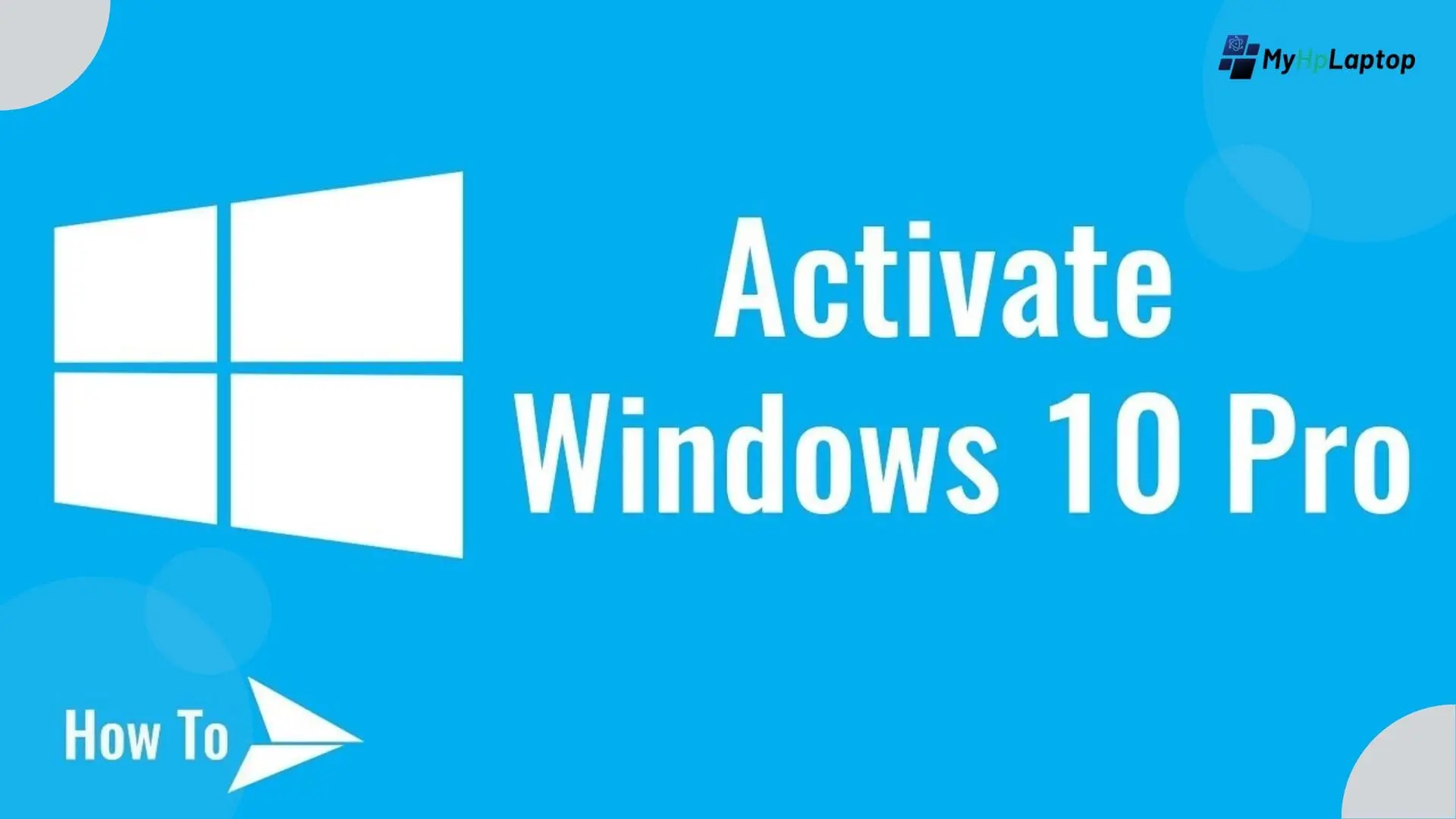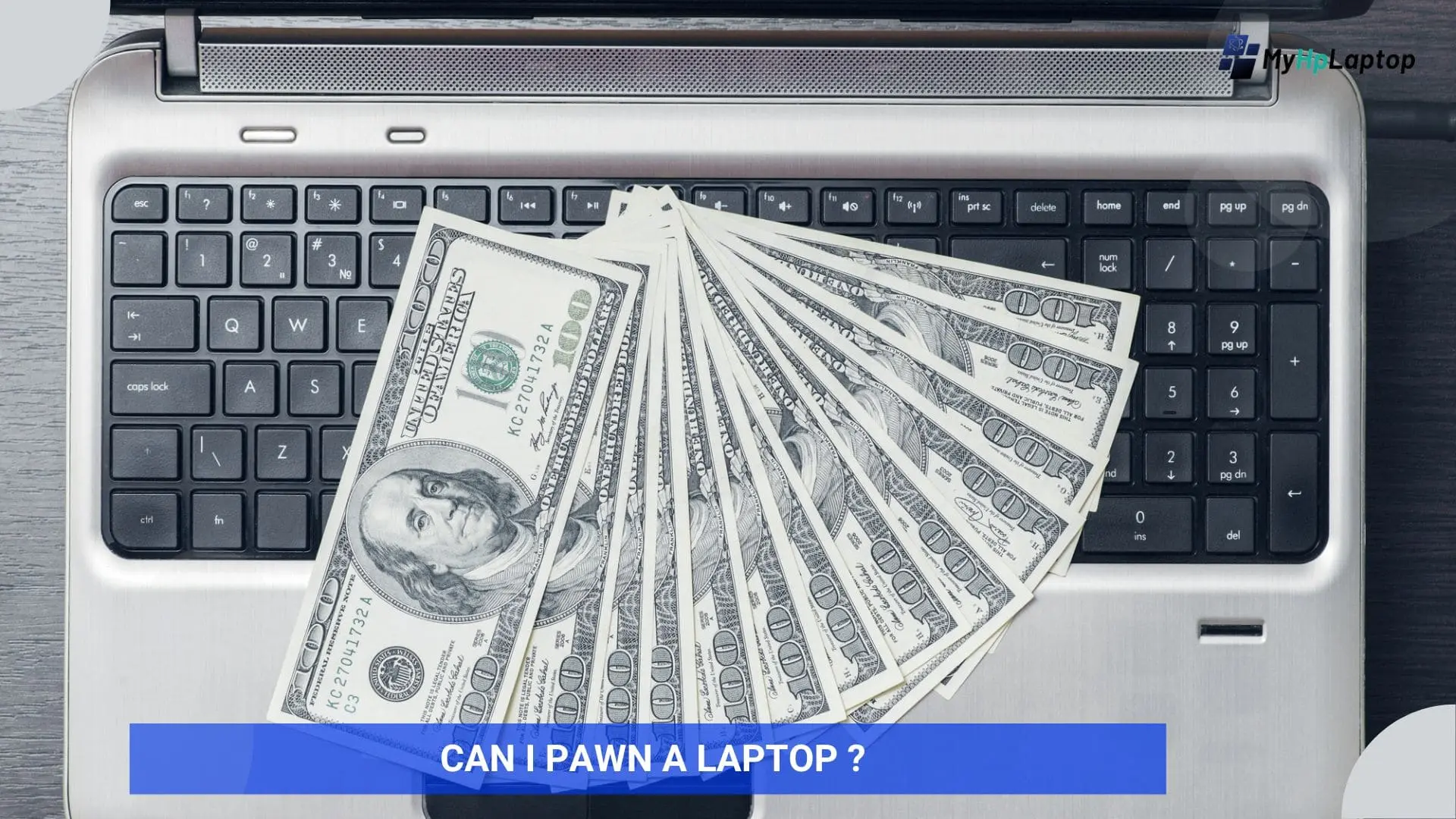Introduction
Have you ever wished how to keep display on when laptop is closed? You can actually keep your display on even when your laptop is closed.
In this guide, we’ll discuss simple methods to help you bypass this default setting and maintain your screen’s visibility while the laptop lid is shut. By the end, you’ll have the power to control when your display stays active, giving you more flexibility and convenience in using your laptop.
Let’s uncover the secrets to “keeping the display on when your laptop is closed” and make your computing experience smoother!
Why You Might Want to Keep the Display On

- Continued Downloads and Uploads: Keeping the display on enables uninterrupted downloading or uploading of files, ensuring your tasks progress even when the laptop lid is shut.
- External Monitor Usage: When using an external monitor or projector, maintaining the laptop display on while closed allows for a seamless extended screen setup, enhancing productivity.
- Streaming and Music Playback: For those who enjoy streaming content or playing music, keeping the display active while closing the laptop lid ensures uninterrupted entertainment without the hassle of reopening it repeatedly.
- Quick Access and Monitoring: Instant access to the display without lifting the lid can be convenient for quickly checking notifications, monitoring ongoing tasks, or using the laptop in a restricted space.
Built-in Settings (for Windows, macOS, and Linux)

Windows:
- Navigating Power Options: In Windows, access “Control Panel” > “Hardware and Sound” > “Power Options.”
- Adjusting Power Plans: Select “Change plan settings” for the chosen power plan, then click “Change advanced power settings.”
- Modifying Lid Close Action: Look for “Lid close action” and set it to “Do nothing” for both “On battery” and “Plugged in” modes to keep the display active.
macOS:
- System Preferences: On macOS, open “System Preferences” > “Energy Saver.”
- Power Adapter Settings: For laptops, deselect “Put hard disks to sleep when possible” and uncheck “Enable Power Nap” to maintain display visibility when the lid is closed.
Linux:
- Adjusting Power Management: Linux configurations often involve file edits.
- Locating Configuration Files: Find the power management configuration file (e.g.,
/etc/systemd/logind.confin some distributions). - Editing Lid Close Behavior: Within the file, locate
HandleLidSwitchand change its value toignoreto prevent display shutdown upon lid closure.
Each operating system provides settings to customize how the laptop behaves when the lid is closed, offering users control over keeping the display active according to their preferences.
Also Read: How To Remove Pressure Marks From Laptop Screen
Third-Party Software Solutions

Sometimes, built-in settings might not cover all scenarios. In such cases, third-party applications can offer more control over your laptop’s behavior when the lid is closed.
Windows:
- Tools like “Insomnia” or “Caffeine“: These applications can override default power settings, allowing the display to remain active even when the laptop lid is closed. They provide a straightforward interface to toggle the desired settings easily.
macOS:
- Apps such as “Amphetamine” or “NoSleep“: These applications offer functionality to keep the display on even when the lid is shut, providing customizable options for power management and screen activity.
Linux:
- Utilities like “Caffeine-ng” or “Caffeine for Linux“: These third-party tools often mimic functionalities similar to their Windows counterparts, offering ways to control lid-close actions and maintain the display visibility on Linux systems.
By utilizing third-party software, users can often access additional features and settings beyond the native options provided by the operating system, ensuring more tailored control over the display behavior when the laptop lid is closed.
Advanced Techniques (Optional)
For users comfortable with more technical approaches, there are advanced methods available to further customize display settings even when the laptop lid is closed. However, be cautious as these methods may involve more complexity and potential risks if not executed correctly.
Windows:
- Registry Edits: Advanced users can delve into Windows registry settings to fine-tune lid-close actions. Modifying registry keys related to power settings can sometimes override default behaviors and maintain the display on when the laptop is closed. However, tweaking the registry requires precision and may not be recommended for inexperienced users due to the potential to affect system stability.
macOS:
- Terminal Commands: Some users opt to use terminal commands or scripts to adjust lid-close behaviors. These commands might involve changing system settings or preferences related to power management to keep the display active.
Linux:
- Kernel and Configuration Tweaks: Advanced Linux users may explore kernel-level tweaks or delve into deep system configurations to control lid-close actions. This might involve altering system configurations or writing custom scripts to override default settings and keep the display on when the laptop is closed.
FAQs: Keep Display On When Laptop is Closed
Can I Damage My Laptop by Keep Display On When Laptop is Closed?
Keeping the display on when the laptop is closed shouldn’t inherently damage the device. However, prolonged heat accumulation due to restricted airflow might affect the internal components over time. Always ensure proper ventilation and monitor temperatures when using this feature extensively.
Will Keep Display On When Laptop is Closed on Drain the Battery Faster?
Yes, keeping the display on while the laptop lid is closed may consume more battery power. However, the impact depends on the tasks running and the laptop’s power settings. Adjusting settings to optimize power consumption can mitigate excessive battery drain.
Why Doesn’t My Laptop Have a Built-in Option to Keep the Display On?
Manufacturers often implement default settings for power management to optimize battery life and prevent overheating. To cater to various user preferences, some systems might lack a straightforward built-in option, necessitating the use of alternative methods like third-party software or advanced configurations.
Are Third-Party Applications Safe to Use for Controlling Display Settings?
Reputable third-party applications designed for managing display settings are generally safe to use. However, always download software from trusted sources to avoid potential security risks or compatibility issues. Additionally, periodically check for updates and reviews to ensure reliability and security.
Conclusion: Keep Display On When Laptop is Closed
In a world where laptops default to turning off their displays when closed, the quest to keep them on has led to various solutions. From adjusting built-in settings on Windows, macOS, and Linux to exploring third-party applications and even delving into advanced techniques, users can now control whether their laptop display stays active when the lid is closed.
By understanding these methods, users gain flexibility: uninterrupted downloads, extended monitor setups, seamless music streaming, and quick access to their screen without lid-lifting hassles. However, it’s essential to balance convenience with battery usage and system stability.
Whether opting for simple built-in settings, relying on third-party software, or exploring advanced configurations, the power is now in the users’ hands. Choose the method that suits your needs and technical comfort, reclaim control over your laptop’s display settings, and enjoy a more personalized computing experience.




